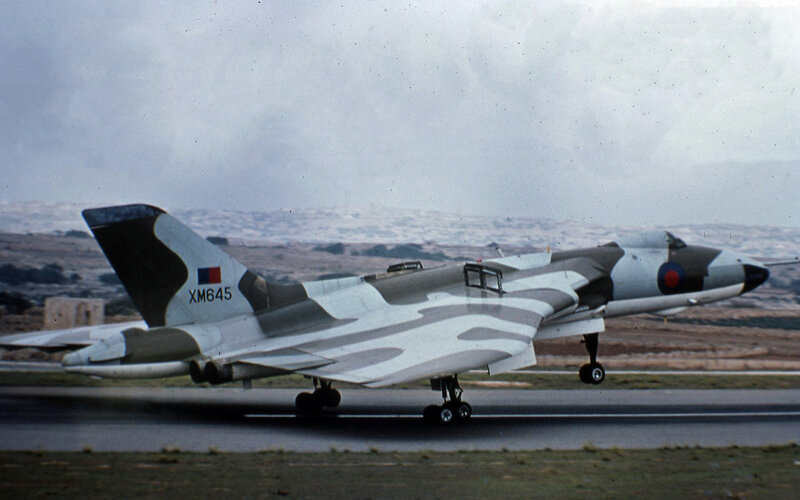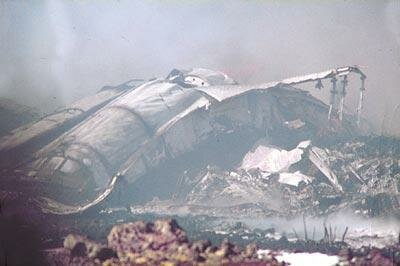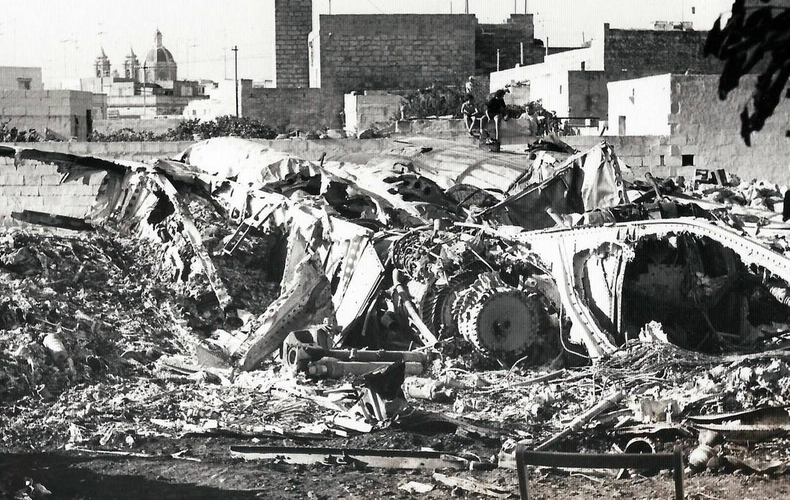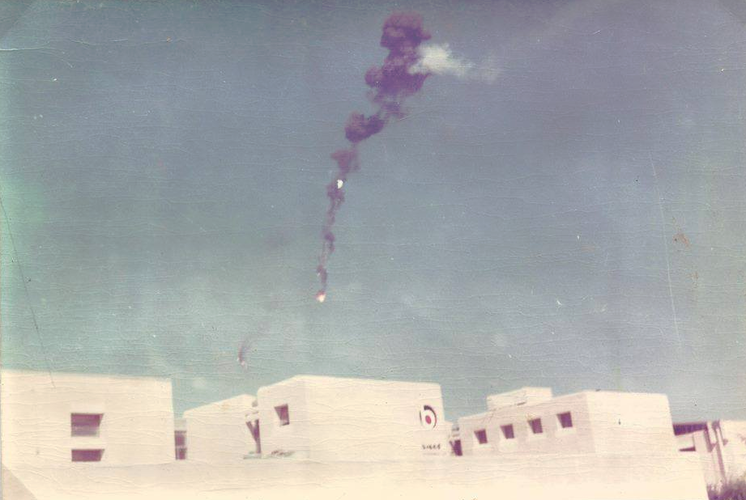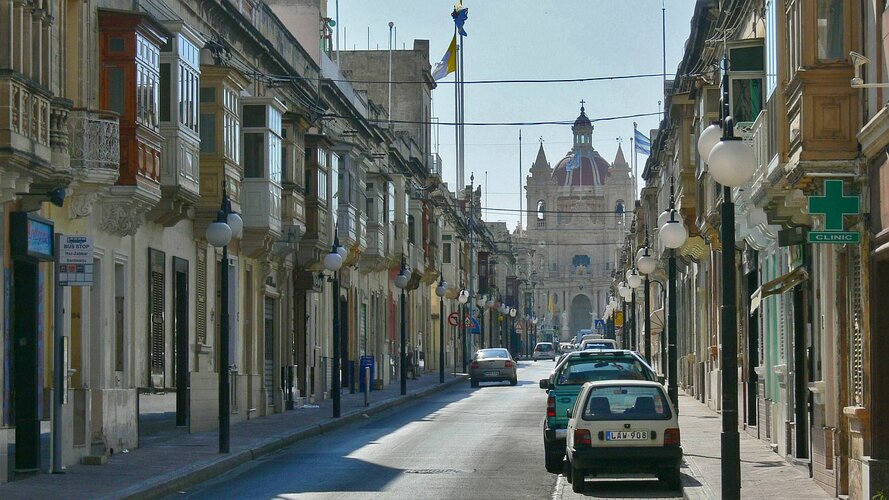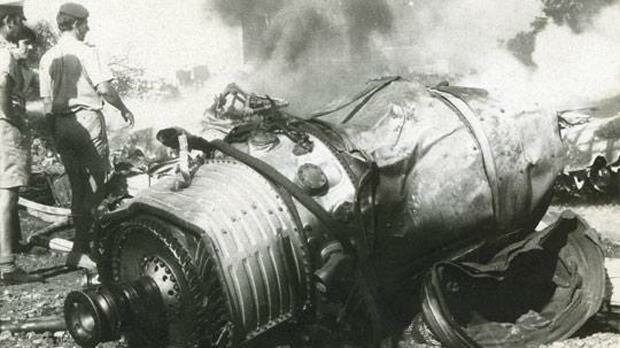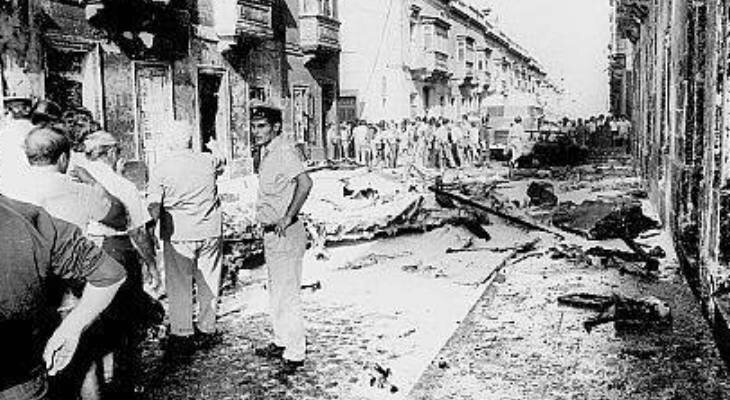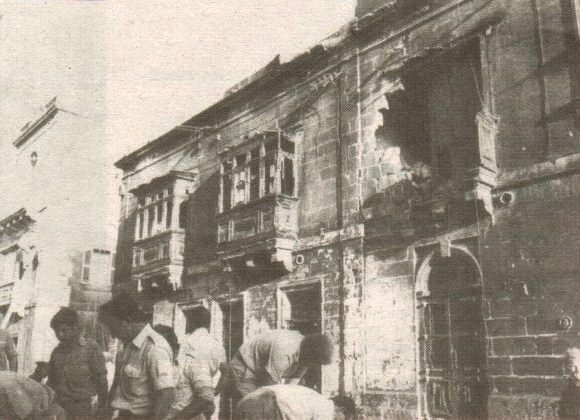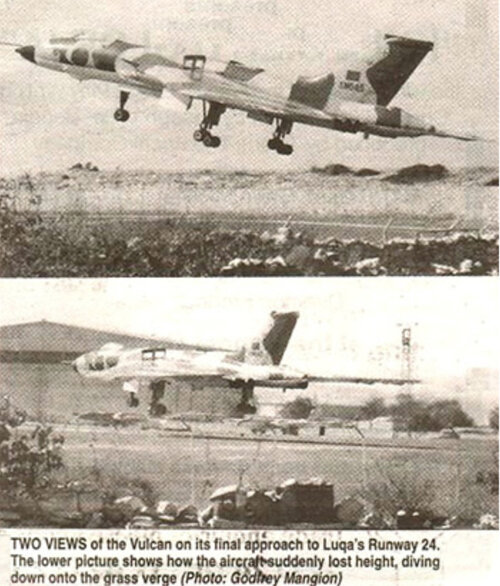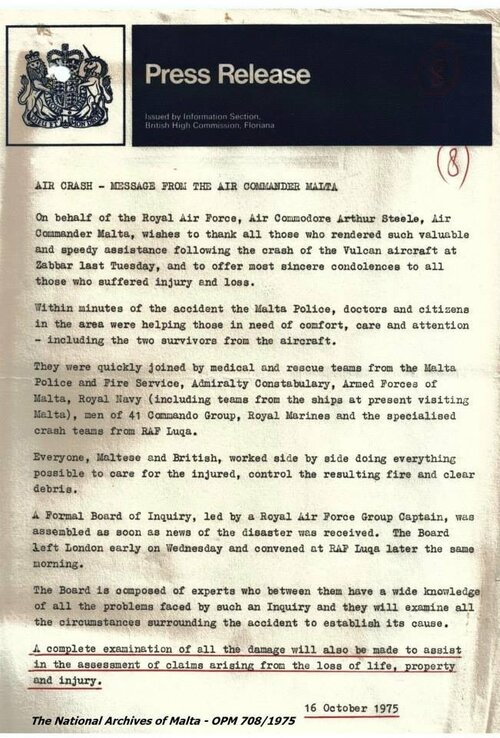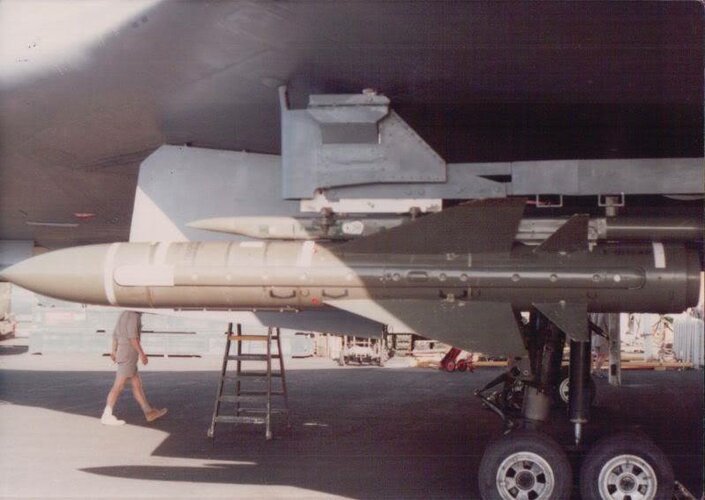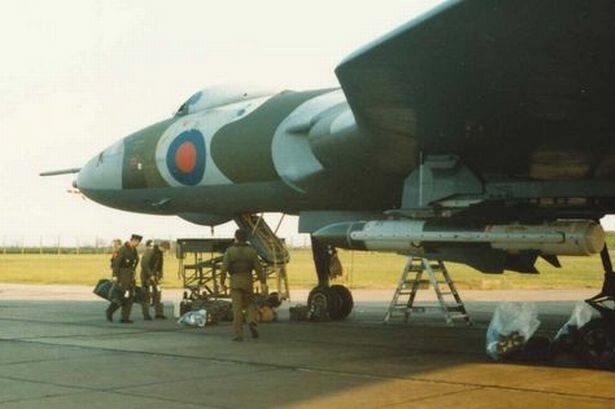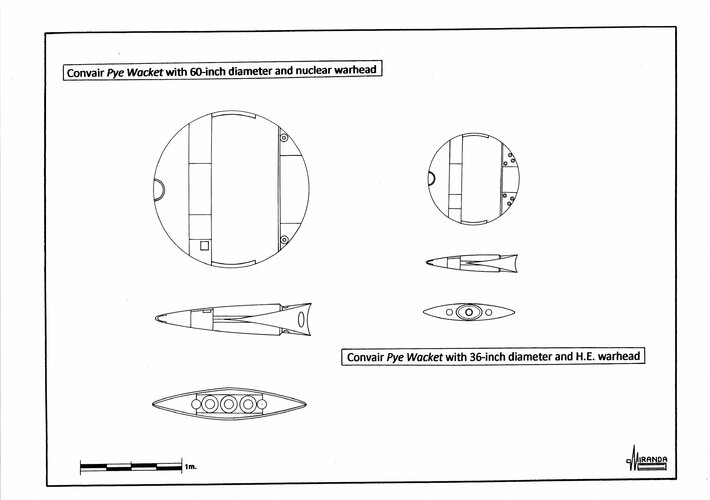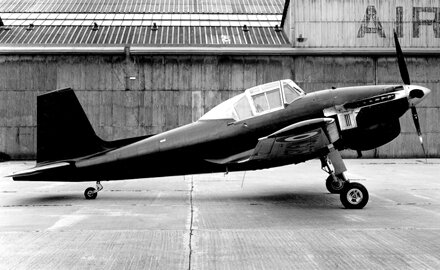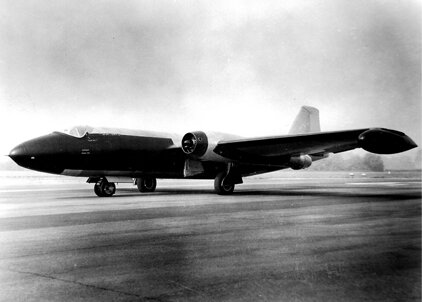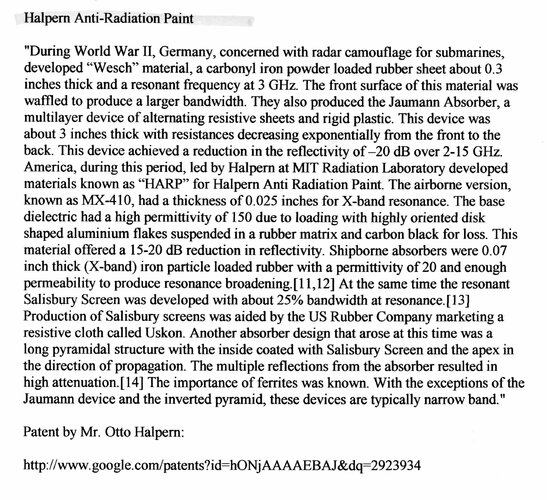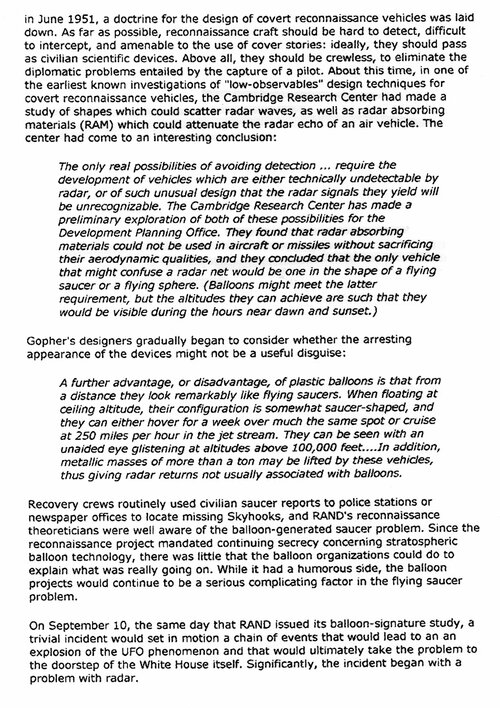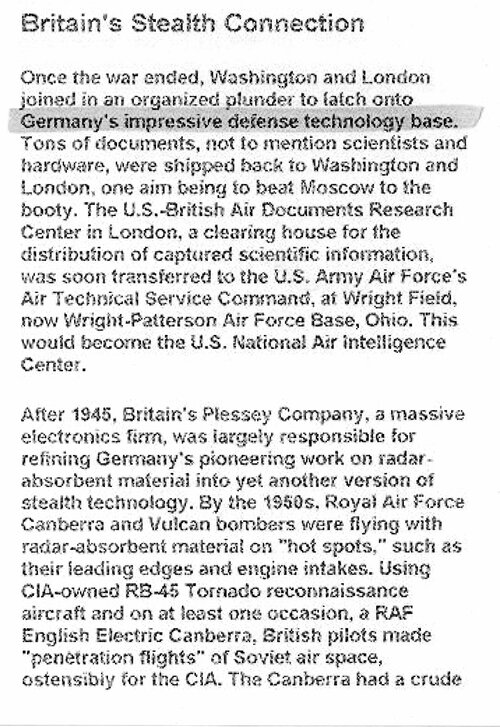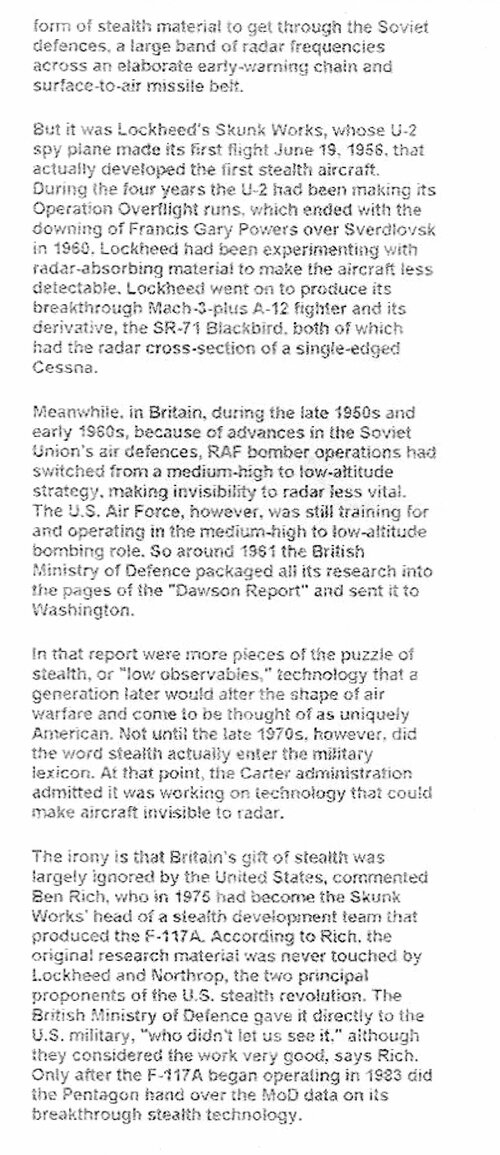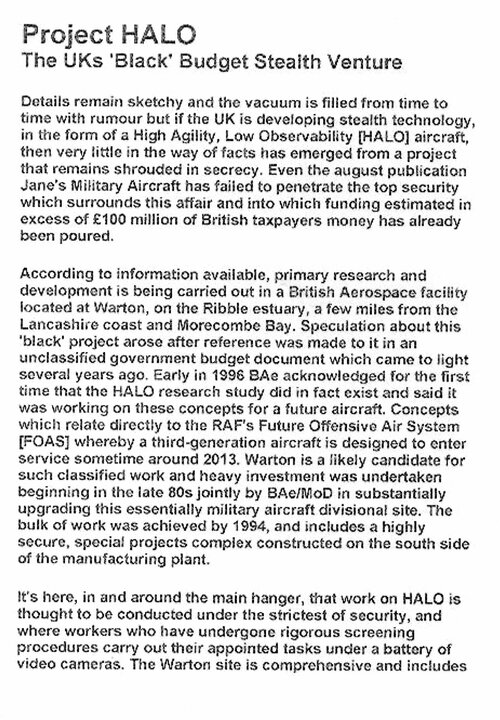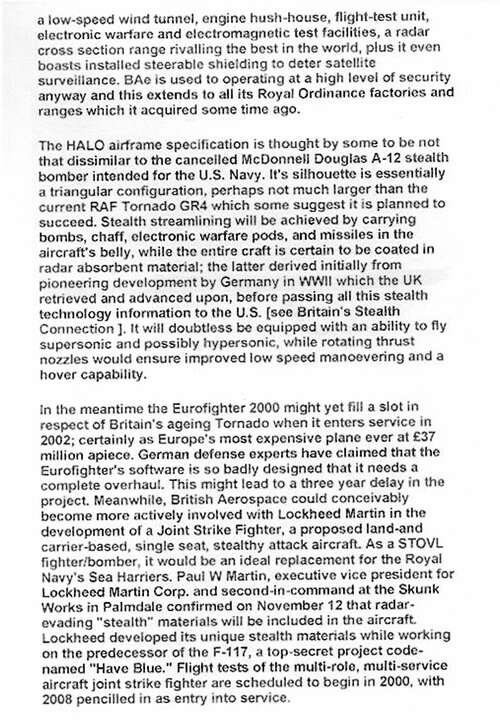- Joined
- 25 January 2020
- Messages
- 1,202
- Reaction score
- 1,746
Before I start my ramble, I would like to ask the moderators that if they feel this is in the wrong area of the forum, that they move this to an area deemed as the right place. I intend this thread to be a discussion mostly about the technical aspects of these aircraft and sources related to the discussion. I do not intend this to become a political discussion, and I ask that members to refrain from beginning a political discussion.
With that sorted, it is time to begin. Whenever the topic of 1950's strategic bombers is being discussed, there are always two common questions "What happened to the V-Bombers? and "Why were they retired?" It is a question that often crops up in online discussions between amateur historians, or even in YouTube comment sections. When discussed properly, it can lead to an interesting discussion. When it isn't, it would usually lead to the Internet equivalent of a bar brawl. I have been involved in both. These questions makes relative sense, especially to those who lack an in-depth understanding of the topic discussed. Bombers such as the B-52 and Tu-95 have been in service for over 60 years, pushing on to 70, and will remain in service until their hundredth anniversary in service. But Britain's V-Bombers had a relatively short stay, when compared to these aircraft. The Valiant was gone by 1965, the Vulcan by 1984 and the final Victor was retired in 1993, after serving in the First Gulf War. So what were the causes for for their retirement?
I have managed to nail it down to these points:
1. A change in the way operations were carried out (From High to Low; a new bomber (TSR.2) was needed)
2. A change in British defence policy (1957 Defence White Paper and subsequent reviews)
3.A change in role of the bomber (power projection weapon and cruise missile carrier)
4. The role of the Deterrent being handed over to the Royal Navy
Here are some reasons for my above statements:
1. The V-Bombers were designed as High Altitude strategic bombers, as most other bombers of this period were. The way they were designed and built, was tailored to this role. The downing of Francis Gary Powers by an SA-2 Guideline surface-to-air missile in 1960 brought about a major change in the methods used by Western bombers. No longer were high altitude penetrations possible, now bombers had to penetrate at low altitudes to evade detection by Soviet radar. This put a massive strain on the designs of these aircraft, and their crew, which were both operating outside of the environment they had been trained in. This would shorten the service lives of all the aircraft, especially the Valiant, which had to be retired in 1965 due to fatigue cracks (although it's retirement could be down to political reasons as well - let's not get into that). The entry into service of the TSR-2 and later the F-111K would have meant the removal of the V-Bombers from the low level role, and put them into roles more suited for their design. The cancellation of both of these types meant that V-Bombers, mainly the Vulcan, served in the low-level role until the entry into service of the Tornado, adding more strain on the fleet.
2. The 1957 Defence White Paper began the withdrawal of British forces from East of the Suez Canal, after the embarrassment of the 1956 Suez Crisis. Subsequent Defence Reviews continued this trend, and the need for a strategic bomber became less and less necessary. Britain's focus was on Europe and focused on defeating Soviet movements in the event of the Cold War turning hot. A tactical bomber was needed, a strategic bomber would be too large for such a task.
3. The role of the strategic bomber since the 1970's has been to mainly carry a large number of cruise missiles and act as a weapon of power projection. The latter was certainly put into practice when RAF Vulcans flew to Southeast Asia during standoffs between Indonesia and Malaysia in 1964, and during the Black Buck raids in 1982. The former however, was never really taken advantage of by the RAF. Blue Steel didn't really give the RAF the capability it wanted, and it's replacements never made is past the drawing board. Skybolt was cancelled in 1962, rendering the modifications the Vulcans received null and void until the Falklands War, when AGM-45 Shrikes were mounted on pylons under the wings, thanks to the strengthening of the wings for the Skybolt program. Cruise missiles began to appear in the Sixties, and eventually became more common by the mid to late Seventies, yet the RAF never jumped on the opportunity to develop or procure cruise missiles (to my knowledge at least, I think giving Vulcan's Hammer a read would help settle some doubts)
4. The role of the deterrent was handed over to the Royal Navy, with their Polaris-armed Resolution-class submarines. These provided a somewhat cheaper alternative to the V-bombers, and provided greater capability and a greater chance of reaching the target.
There is no single factor that lead to the retirement of these aircraft, all factors were responsible for retirement of these aircraft.
I hope my analysis isn't too flawed, this is the first time I've gone into much detail about such a topic. Constructive criticism is always accepted, and I would also like to hear your thoughts and opinions about this topic and my analysis.
Are there any sources, both online and in books that could help to either back-up or disprove my analysis? I have Vulcan's Hammer by Chris Gibson and Tim McLelland's Britain's Cold War Bombers, as a start.
I hope my ramble wasn't too long, and isn't completely wrong.
Wyvern
With that sorted, it is time to begin. Whenever the topic of 1950's strategic bombers is being discussed, there are always two common questions "What happened to the V-Bombers? and "Why were they retired?" It is a question that often crops up in online discussions between amateur historians, or even in YouTube comment sections. When discussed properly, it can lead to an interesting discussion. When it isn't, it would usually lead to the Internet equivalent of a bar brawl. I have been involved in both. These questions makes relative sense, especially to those who lack an in-depth understanding of the topic discussed. Bombers such as the B-52 and Tu-95 have been in service for over 60 years, pushing on to 70, and will remain in service until their hundredth anniversary in service. But Britain's V-Bombers had a relatively short stay, when compared to these aircraft. The Valiant was gone by 1965, the Vulcan by 1984 and the final Victor was retired in 1993, after serving in the First Gulf War. So what were the causes for for their retirement?
I have managed to nail it down to these points:
1. A change in the way operations were carried out (From High to Low; a new bomber (TSR.2) was needed)
2. A change in British defence policy (1957 Defence White Paper and subsequent reviews)
3.A change in role of the bomber (power projection weapon and cruise missile carrier)
4. The role of the Deterrent being handed over to the Royal Navy
Here are some reasons for my above statements:
1. The V-Bombers were designed as High Altitude strategic bombers, as most other bombers of this period were. The way they were designed and built, was tailored to this role. The downing of Francis Gary Powers by an SA-2 Guideline surface-to-air missile in 1960 brought about a major change in the methods used by Western bombers. No longer were high altitude penetrations possible, now bombers had to penetrate at low altitudes to evade detection by Soviet radar. This put a massive strain on the designs of these aircraft, and their crew, which were both operating outside of the environment they had been trained in. This would shorten the service lives of all the aircraft, especially the Valiant, which had to be retired in 1965 due to fatigue cracks (although it's retirement could be down to political reasons as well - let's not get into that). The entry into service of the TSR-2 and later the F-111K would have meant the removal of the V-Bombers from the low level role, and put them into roles more suited for their design. The cancellation of both of these types meant that V-Bombers, mainly the Vulcan, served in the low-level role until the entry into service of the Tornado, adding more strain on the fleet.
2. The 1957 Defence White Paper began the withdrawal of British forces from East of the Suez Canal, after the embarrassment of the 1956 Suez Crisis. Subsequent Defence Reviews continued this trend, and the need for a strategic bomber became less and less necessary. Britain's focus was on Europe and focused on defeating Soviet movements in the event of the Cold War turning hot. A tactical bomber was needed, a strategic bomber would be too large for such a task.
3. The role of the strategic bomber since the 1970's has been to mainly carry a large number of cruise missiles and act as a weapon of power projection. The latter was certainly put into practice when RAF Vulcans flew to Southeast Asia during standoffs between Indonesia and Malaysia in 1964, and during the Black Buck raids in 1982. The former however, was never really taken advantage of by the RAF. Blue Steel didn't really give the RAF the capability it wanted, and it's replacements never made is past the drawing board. Skybolt was cancelled in 1962, rendering the modifications the Vulcans received null and void until the Falklands War, when AGM-45 Shrikes were mounted on pylons under the wings, thanks to the strengthening of the wings for the Skybolt program. Cruise missiles began to appear in the Sixties, and eventually became more common by the mid to late Seventies, yet the RAF never jumped on the opportunity to develop or procure cruise missiles (to my knowledge at least, I think giving Vulcan's Hammer a read would help settle some doubts)
4. The role of the deterrent was handed over to the Royal Navy, with their Polaris-armed Resolution-class submarines. These provided a somewhat cheaper alternative to the V-bombers, and provided greater capability and a greater chance of reaching the target.
There is no single factor that lead to the retirement of these aircraft, all factors were responsible for retirement of these aircraft.
I hope my analysis isn't too flawed, this is the first time I've gone into much detail about such a topic. Constructive criticism is always accepted, and I would also like to hear your thoughts and opinions about this topic and my analysis.
Are there any sources, both online and in books that could help to either back-up or disprove my analysis? I have Vulcan's Hammer by Chris Gibson and Tim McLelland's Britain's Cold War Bombers, as a start.
I hope my ramble wasn't too long, and isn't completely wrong.
Wyvern









